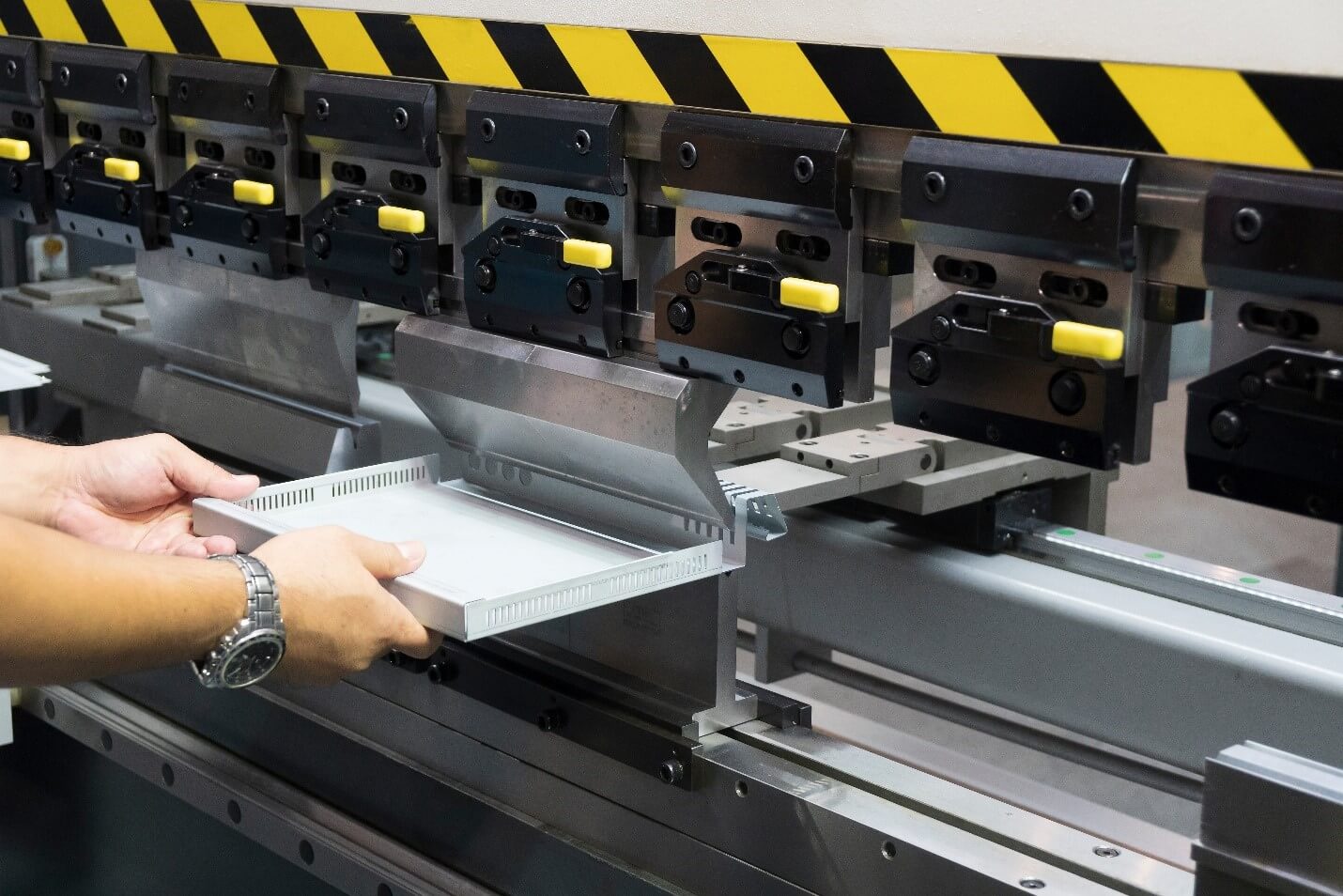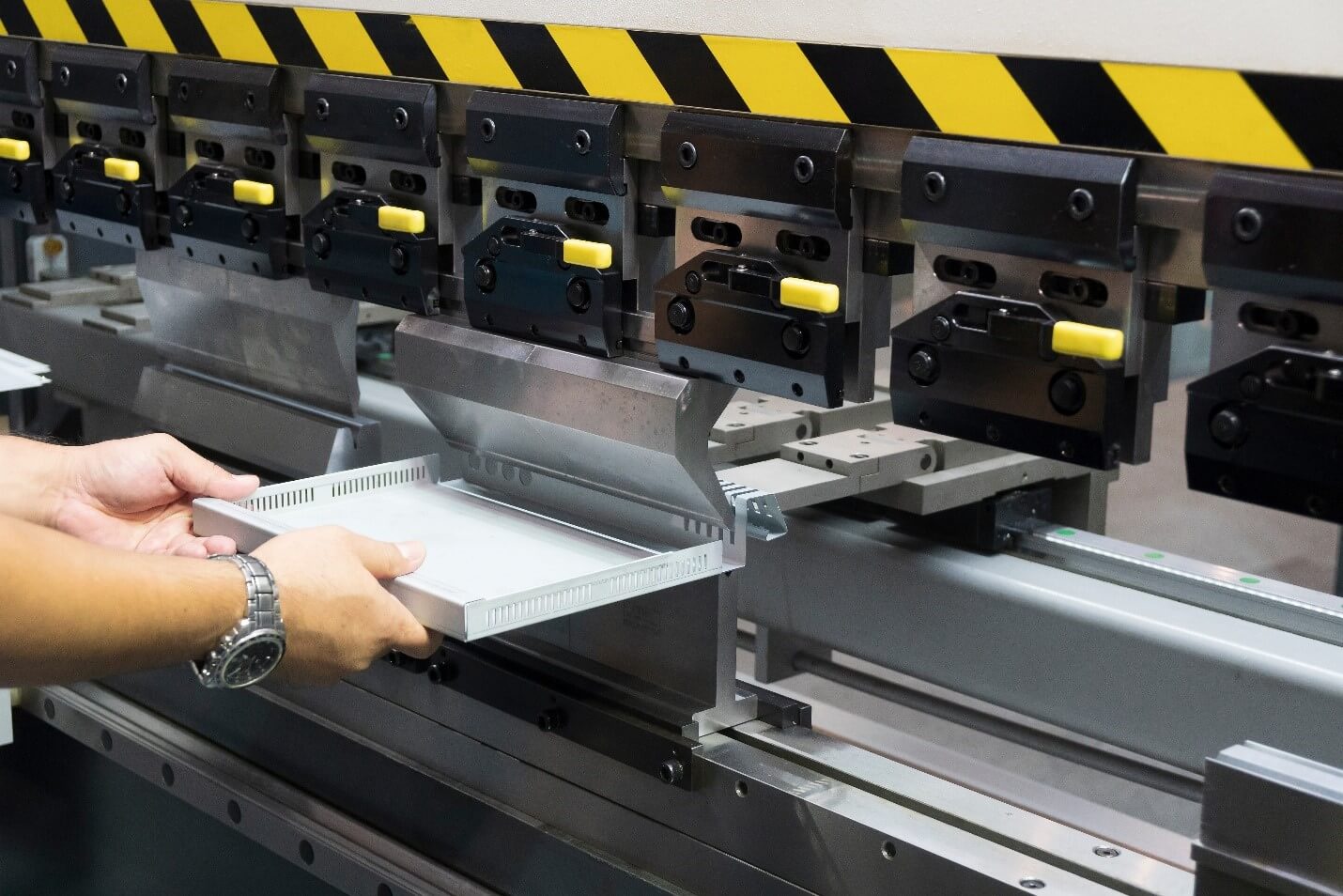Forming: Advantages & Inconvenients
Advantages and Disadvantages of Forming Operations. Learn more now!
Introduction
Forming is the term for a broad set of manufacturing processes where the shape of a raw material is altered into a product. This process is also called “plastic deformation,” the permanent distortion that occurs when a material is subjected to various methods, including bending, compression, torsion, or tensile stresses. These stresses cause the material to bend, twist, buckle, shear, elongate, or compress. Another common term in manufacturing is “metal-forming.” These operations are commonly used for products in aerospace, automotive, construction, and other manufacturing areas.
The increased adoption of automated machinery, including tool changers, robotics, and automated material handling systems, has improved quality and efficiency in the metal-forming sector. This increase in the utilization of technology has allowed more flexibility and market responsiveness. As a result, the metal-forming industry is forecasted to grow for the foreseeable future.
Three types of operations generally characterize metal fabrication forming processes. They are; sheet metal forming, bulk forming, and powder metal forming.
Sheet Metal Forming
Sheet metal forming often uses hydraulic presses to form parts with either shear or tensile force. In order to plastically deform the metal, forces that are significantly greater than the yield strength of the metal materials must be used. Additional processes such as bending, squeezing, and shearing are included in the operations.
Sheet metal forming includes the following:
-
- Bending – This operation uses a die to press the material to create a particular angle.
- Curling – This sheet metal process smoothes the sharp and rugged edges of the material.
- Deep Drawing – This operation, also called “cup drawing,” places material over a hollow cup-shaped die, and a punch forces the material into the die cavity until the material takes the shape of the tooling cavity.
- Hydro-forming – This process uses hydraulic fluid under high pressure to form materials in a die to the desired shape. Common materials include aluminum, brass, copper, steel, and stainless steel.
- Shearing – This process uses a press with tooling to cut the metal due to the exerted force.
- Stretching – Stretch forming is a process that simultaneously bends and stretches material over a die. The result is smooth, wrinkle-free contours.

Bulk Forming
Bulk-forming operations are used when the volume ratio of the metal is higher than the surface area. The materials have a low surface area-to-volume ratio. The bulk-forming process also works due to different forces, including shear force and the combination of tensile and compressive force.
Bulk-forming includes these processes:
-
- Extrusion Process – Metal is heated at high temperatures to become a fluid that is then compressed into a die to form parts.
- Forging Process – Metal is heated at higher temperatures, placed into a die, and uses a compressive force to shape the part. This process initially used a hammer to compress the metal into shape.
- Rolling Process – This process utilizes two or more rollers that feed metal plate material to reduce the thickness of the metal plate to create a smooth surface finish. Metal is not removed but displaced; the width of the material increases as the thickness decreases.
- Squeezing – A heated die forms a part from molten metal placed into one side of the die. As it approaches solidity, the other side of the die is placed on the first die part, and a compressive force is provided. Once solidified, the finished piece is removed from the dies.
- Wire Drawing – This process is similar to extrusion except that the material is pulled through a die to assume the cross-sectional area of the die opening. This operation is used for wire and bar stock.
Powder Metal Forming
Powder metal forming is a popular process that uses molten metal powders to create more complex products. This is usually accomplished with computer-controlled equipment and intricate tooling. These methods often bypass additional operations such as machining, polishing, grinding, etc.
Examples include the following operations:
-
- Powder Extrusion Molding – Powder is compressed through a smaller die opening after it takes the shape of the die.
- Powder Forging – This is a process where a small amount of metal is heated and forced through a die opening to create a small, powder-like piece of metal.
- Powder Injection Molding – A blended mixture of metal powders and a binder such as wax is subjected to compaction with a screw to create pressure. The finished material exits through the die opening haven taken its shape.
The most commonly used materials in the metal-forming processes include ferrous materials such as low-carbon steels and nonferrous materials such as aluminum, copper, and similar alloys.
Forming: Advantages
Metal forming has been extremely popular in manufacturing since the industrial revolution. Below are several of the many advantages of metal forming:
-
- Material Shapes – Accommodates a variety of material shapes from sheet metal to tubing.
- Scrap – Scrap is often minimal, if at all, with little/no dissipation of raw materials.
- Simple and Efficient – Tried and true methods have refined the processes for many generations. Robotics and automation further improve production rates, efficiency, and quality.
- Strength – The forming process strengthens the products and improves the overall mechanical properties of the items.
- Tooling – Tooling is typically inexpensive, simple, and versatile.
- Variety – These processes are used to make a variety of shapes.
Note: High quality and productivity levels can be achieved with automation by removing human error.
Forming: Disadvantages
The disadvantages of metal forming may include the following items:
-
- Tolerances – Tolerances may experience significant variation, especially with thicknesses.
- Thickness Limitations – There are thickness limitations to these processes.
- Manufacturing Cost – cycle time may be slower, the equipment has high power requirements, and high equipment and tooling costs.
Get multiple quotes for your parts in seconds
